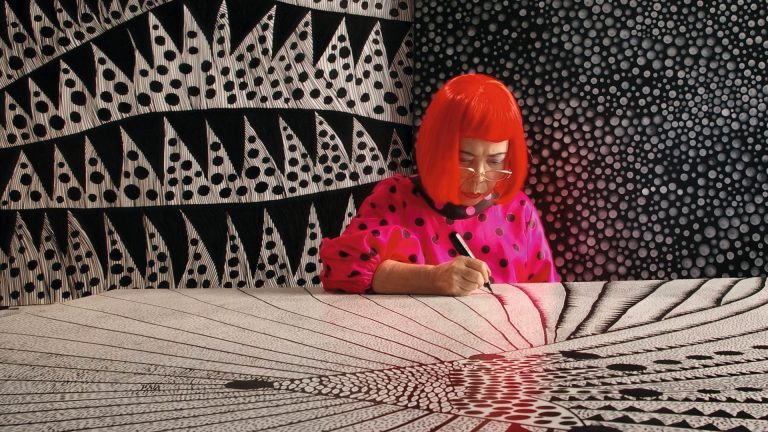A quarter of the 21st century is already behind us. What architectural trends have emerged in the new century, and what do they mean for our future? Let’s explore with vivid examples.
High-rise architecture
High-rise construction is the most prominent and long-term trend worldwide. Due to the shortage of available land, cities are growing upward, and it seems this reality is here to stay. One of its first symbols was the 510-meter Taipei 101 skyscraper, designed by the architectural firm C.Y. Lee and built in Taiwan’s capital, Taipei. At the time of its opening in 2004, the building was recognized as the tallest in the world (in 2010, the title was claimed by the Burj Khalifa skyscraper in Dubai). The elevators in the tower are capable of accelerating to a speed of 1,010 m/min, meaning you can reach almost 90 floors in less than a minute. Taipei 101 has the shape of a bamboo stalk with a large sphere at the top, paying tribute to local traditions and culture. Moreover, the unique design gives the tower stability and strength. In 20 years, the skyscraper has become one of the city’s main landmarks. After its opening, Taipei, like other Asian megacities, experienced a boom in high-rise construction.
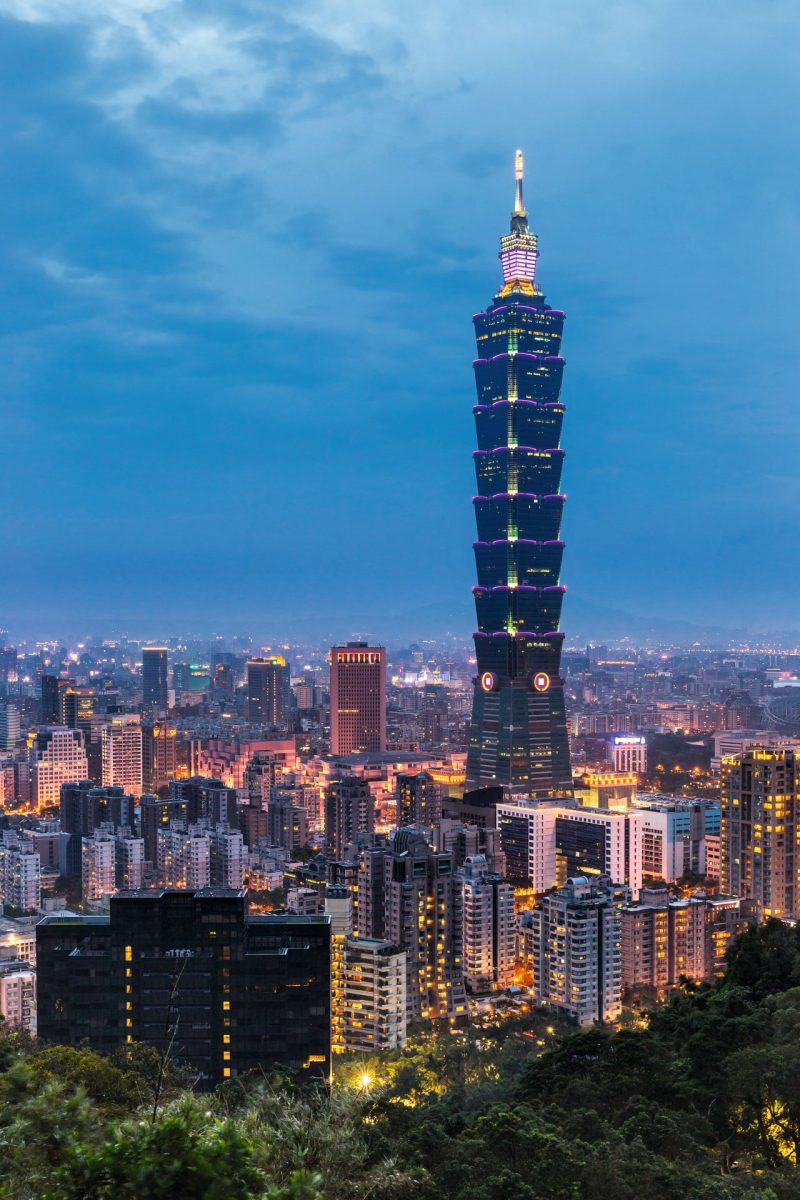
Green building
The global demand for sustainability, which we observe in all areas of life, inevitably made its way to construction. Moreover, progress in this area is moving faster than in any other. Every year, hundreds of buildings are constructed worldwide, powered by alternative energy sources, with designs that incorporate a significant amount of greenery. One such example is the Acros Fukuoka Cultural Center in Fukuoka Prefecture, Japan. The unique feature of the 18-story building is its one-of-a-kind roof, completely covered with trees, including rare species. The space features numerous cascading terraces with real gardens. They include pools with waterfalls, relaxation areas, conference rooms for business events, and even a concert venue. The project was designed by Emilio Ambasz, one of the pioneers of green architecture.
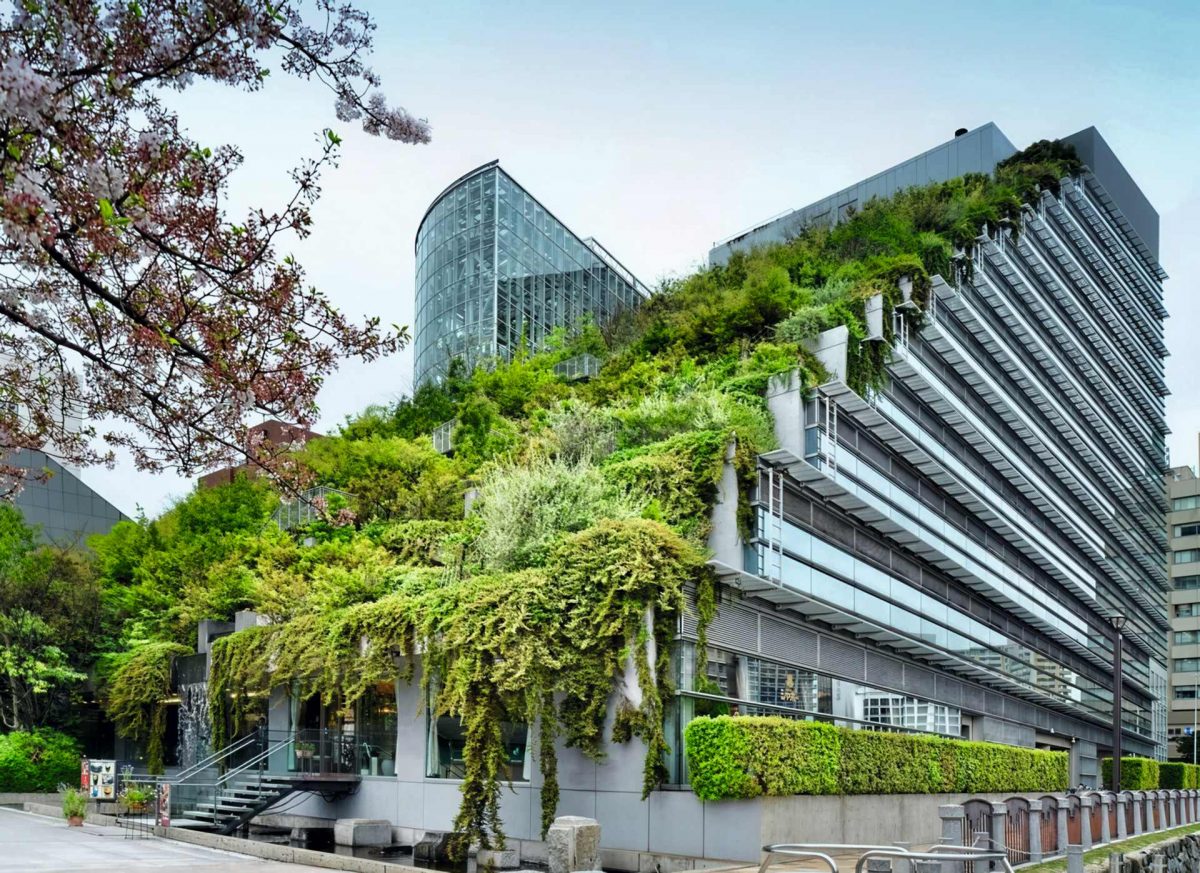
Redevelopment of industrial zones
Creating new hubs in place of old industrial sites is one of the most popular trends in contemporary development. Gentrification is spreading both to neighborhoods in historical city centers and to industrial zones in more remote areas. A benchmark project is the Tate Modern gallery in London, opened in 2000 in the former Bankside Power Station on the south bank of the Thames. At the end of the last century, the Tate Gallery acquired the abandoned building and held an international competition for the best project to renovate and adapt it into a contemporary art gallery. The winning design came from the Swiss firm Herzog & de Meuron, whose project focused on preserving the building’s original appearance. The only visible change was made to the roof, where a glass volume was added, housing a restaurant and a VIP lounge. Today, Tate Modern is one of the most popular exhibition spaces in London, and the renovation of the former power station serves as a reference for architects working with similar spaces.
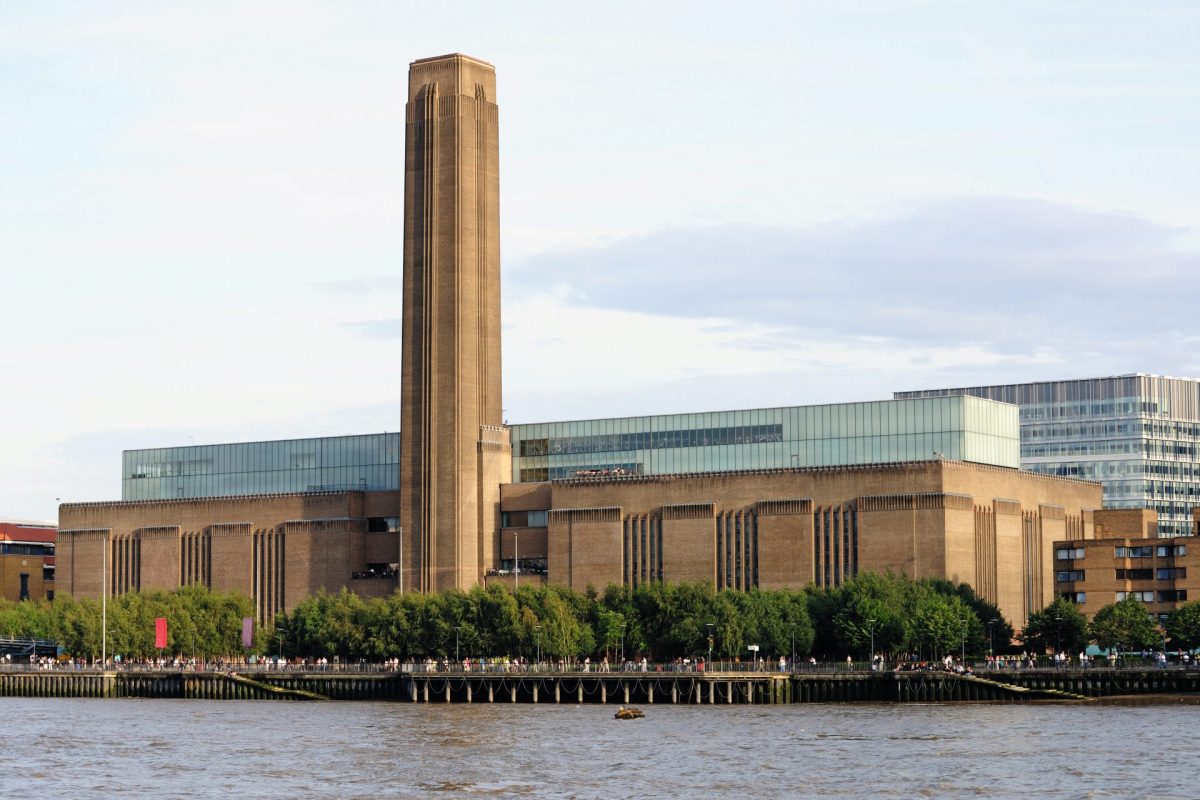
Social engineering
Another important trend in many regions around the world is the focus on social issues, including the inaccessibility of housing for the poorest segments of the population. One of the pioneers of this movement is the Chilean architect Alejandro Aravena. His firm, Elemental, has been designing social housing for various cities across South America for many years. According to architects, this could overcome existing inequality and significantly improve the lives of millions of people. For his work in this field, Aravena received the prestigious Pritzker Architecture Prize in 2016, and his projects are featured in all major guides to contemporary architecture. One of Aravena’s most recognizable and stylistically flawless creations is the Innovation Center of the Catholic University of Chile in Santiago, built from concrete blocks.
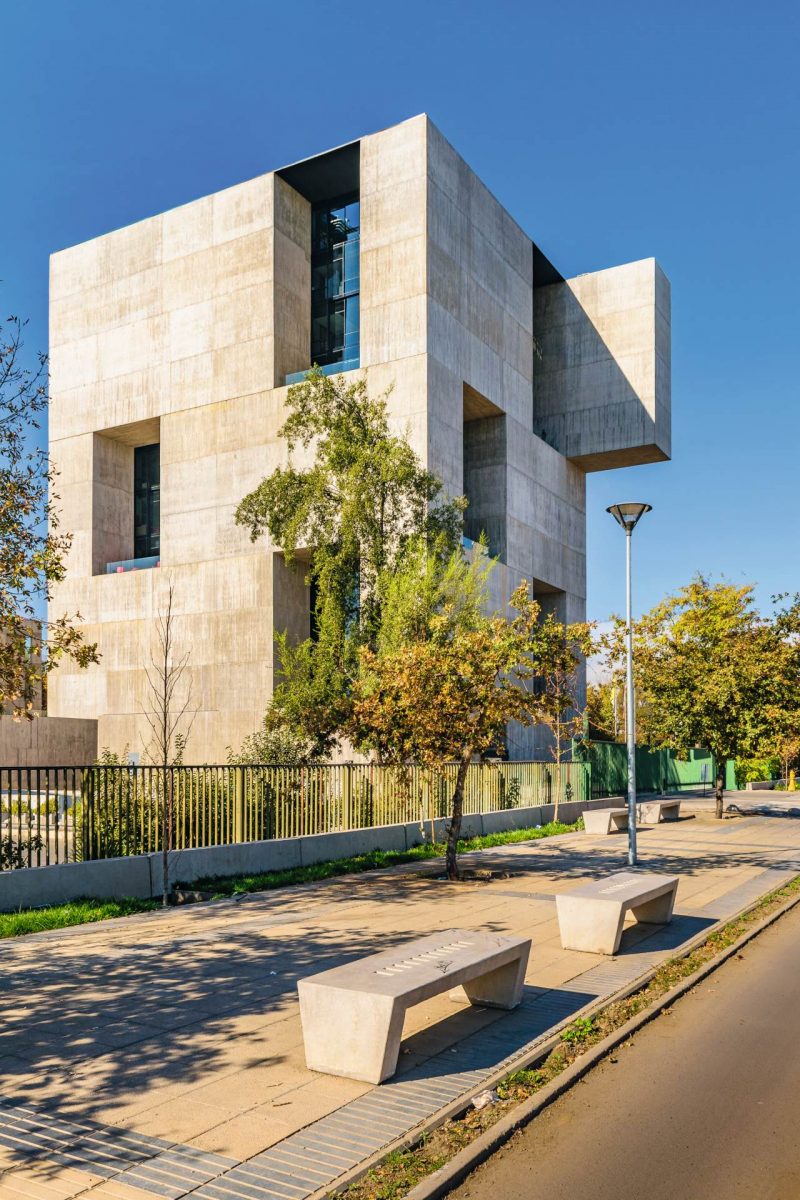
Futurism in architecture
Attempts to build the perfect city from scratch have been made by architects throughout different eras. And the 21st century has already given us quite a few of these utopias. One of them, however, has a real chance of becoming a reality. This refers to one of the megaprojects announced in the midst of the pandemic in 2021 by American entrepreneur Marc Lore. The project, designed by the Danish architectural firm Bjarke Ingels Group (BIG), involves the construction of a city called Telosa in the desert of the western United States, covering an area of over 60,000 ha. It is expected that Telosa will become the perfect space for living. The construction of buildings will rely solely on green technologies, alternative energy sources, and new design approaches. Residents will move around the streets on foot or by bicycle. For long-distance travel, a suspended monorail and eVTOL air taxis are planned to be used. Lore plans to complete the project by 2070, when the population of Telosa is expected to reach 5 million people.
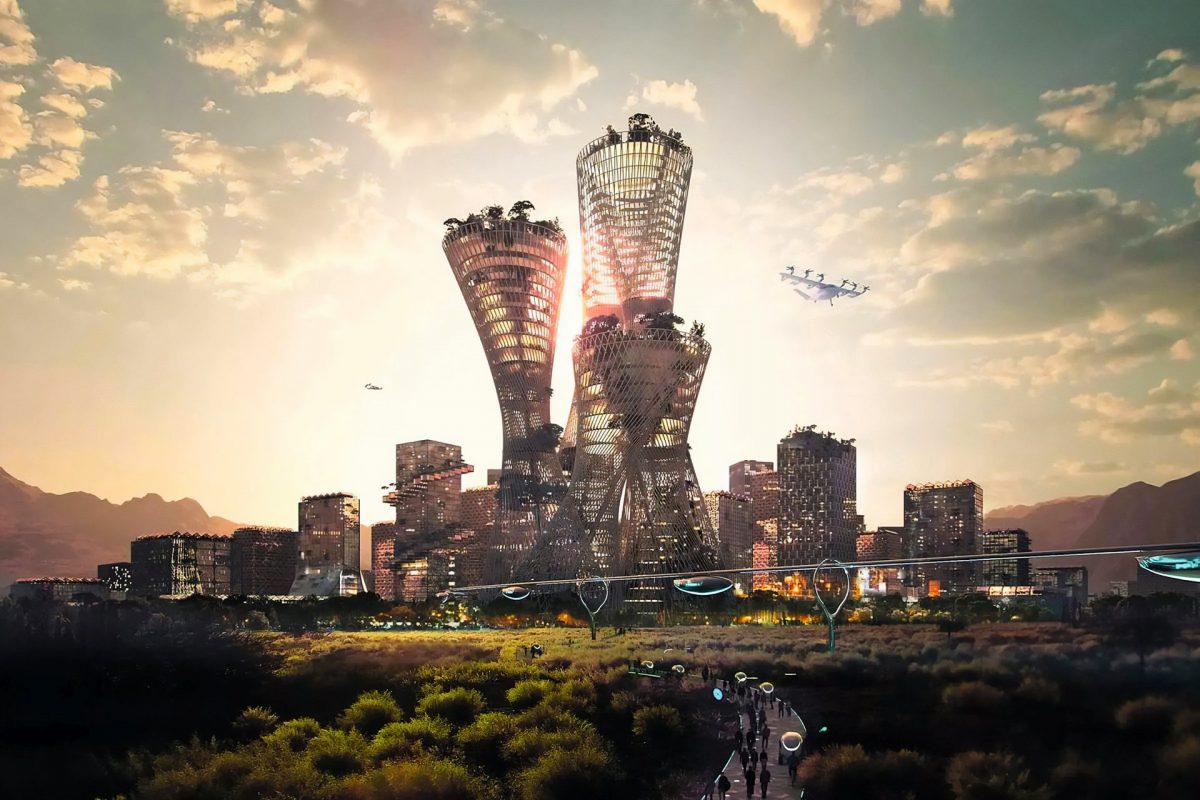
Photo: Vostock Photo


